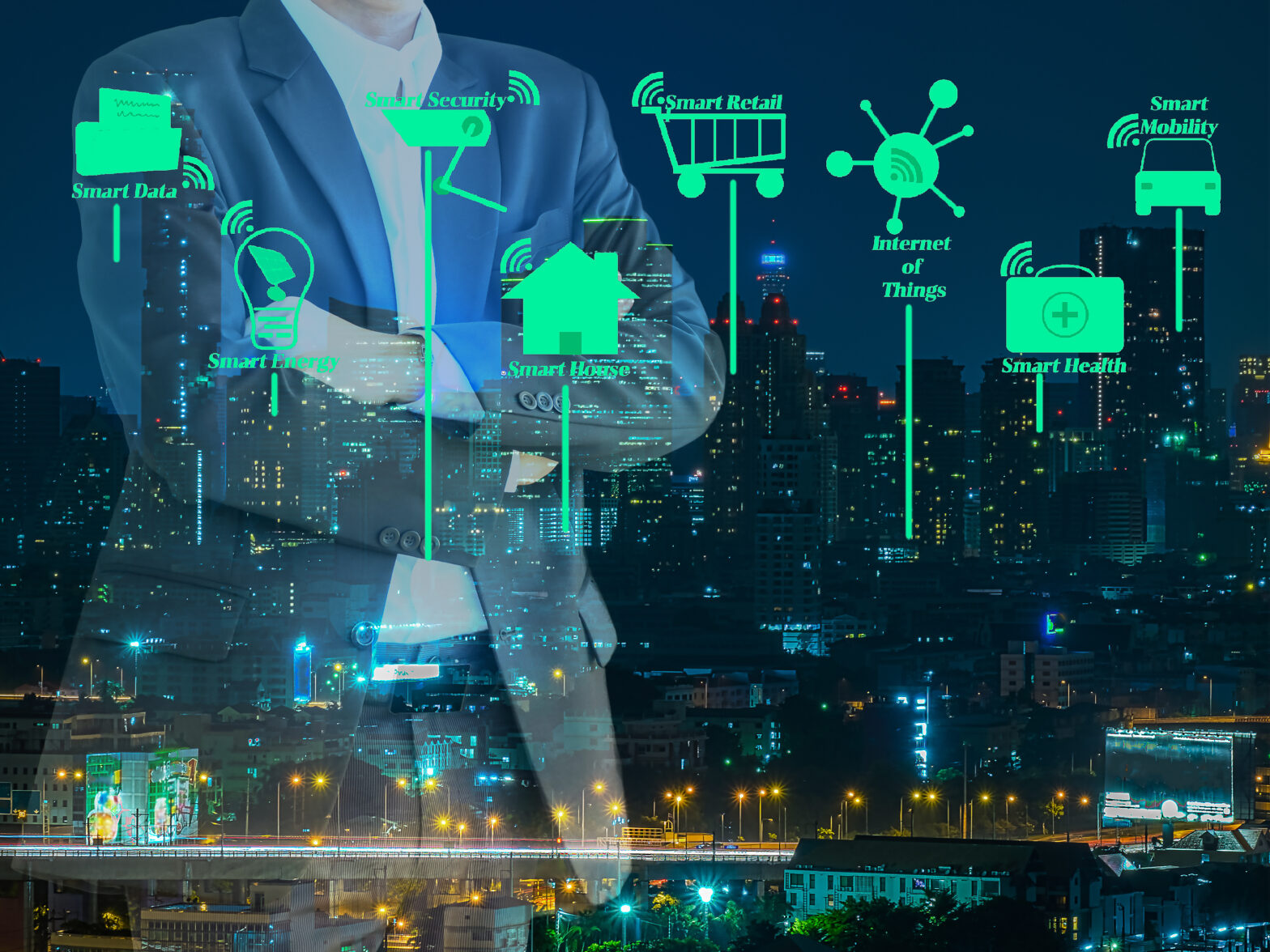Online shopping is no longer just a distraction for high-street retailers. In 2016, online sales rose 17 per cent alongside a decline in high-street footfall, no doubt influenced by the consumer drive to capitalise on global sales events such as Black Friday and Cyber Monday.
The proliferation of smart devices further fuelled the decline, as sales originating from smartphones skyrocketed by 69%.
An additional bonus for the online retailer is the amount of intelligence that can be collected from a shopper’s online behaviour, as they leave a marker at each touchpoint.
>See also: Internet of Things: a retail perspective
This includes which items they’ve looked at on a website, what they add to their basket, what was deleted from their basket, if they look for sale-only products, and how they navigated to the page in the first instance, such as via a promotional link.
These are crucial touch points that help retailers analyse the success of marketing or advertising campaigns, while also determining why a purchase decision has or hasn’t been made. These touch points, however, have not been available to bricks and mortar retailers until recently.
For the omni-channel retailer, the in-store shopping experience must now match the ease and lure of online.
This may seem a tall order upon initial consideration. An example of the intelligence that should be aspired to can be seen in a high-street bank, whereby if a customer enters the branch, technology could determine the age of the customer, then providing targeted digital display advertisements.
>See also: The future of retail: just technology
This could include offers for first-time buyers’ mortgages, or new pensions, depending on the customer’s age and profile. The technology needed to achieve this already exists in the form of IoT, and many high-street retailers are already using it – they just don’t realise it yet.
A shift to retail intelligence through IoT
Within the retail sector, IP cameras have traditionally been used for safety and security purposes.
This means security teams and loss prevention specialists have significantly influenced the procurement process as they have been the main users of this technology.
The focus has, primarily, been on mitigating threats such as theft, shrinkage, or organised retail crime. The key to enabling the intelligent high street and the associated ROI boost is collaboration between internal stakeholders – both from security and marketing departments.
>See also: How the IoT can bring hyper-relevance to every stage in the retail chain
Educating retailers on how they can utilise what they already have to more effectively gather additional business insights, far beyond traditional security and loss prevention practices, will be essential.
Rajalla På Gränsen in Finland is one of the first shopping centres in Europe to combine facial recognition and people counting technology through IoT cameras.
The use of analytic technologies through IoT security cameras has allowed the shopping centre to learn more about its visitors, therefore improving the overall shopping experience.
This has been done by analysing information about visitor numbers and statistics on the time of day they visit, as well as their customer profile and even insights regarding their facial expressions and emotions.
>See also: 2017: the year of real applications
The granular nature of the reporting allows the operator to better measure the movement of visitors and make real-time adjustments, facilitating an overall boost to operational effectiveness.
Working in tandem to boost ROI from IoT investments
For retail, return on investment (ROI) is crucial and IP camera technology, combined with analytics, is proving to be a key enabler of this.
For På Gränsen, this was seen in the form of tailored marketing and advertising campaigns which are estimated to have led to a boost in store profitability by 30%.
Retailers now have the ability to add value to their investment by opening up the dialogue in their organisation and taking a cross-functional approach.
With insights deployed in this way, real-time analytics within surveillance technology doesn’t just help to identify theft, it can help an organisation to plan and utilise its workforce more effectively.
For example, analytic technology can identify that a queue at the till is too long, resulting in additional tills being opened to ease congestion.
>See also: The Internet of Things is big business for the retailers who get it right
It could also identify that a customer has been dwelling next to a certain product for a sustained period, and advise a member of sales staff to offer aid or guidance on a purchase.
Real-time analytics is the vital link in the chain on the journey to an intelligent high street. A wealth of basic, yet extremely useful, data is already available if a store is using IoT technology.
Many retailers aren’t yet taking advantage of this information, however, and are unaware of how to turn that data into valuable business insight.
With the use of analytics set to rise, and the increasing connectivity of devices across the high street, retailers will soon seek to gain additional value from their technology if they are to effectively compete with the online retail market.
>See also: Internet of Things: 3 key challenges facing brands and retailers
With the availability of IoT technologies levelling out the playing field, traditional retailers have an opportunity once again to focus on their unique selling points and optimise their ROI.
What will be key to meeting this challenge now rests with inter-departmental collaboration, where security, IT and marketing departments work together to create a truly intelligent high street.
Sourced by Andy Martin, Business Development Manager, Retail, Axis Communications
The UK’s largest conference for tech leadership, Tech Leaders Summit, returns in September with 40+ top execs signed up to speak about the challenges and opportunities surrounding the most disruptive innovations facing the enterprise today. Secure your place at this prestigious summit by registering here










